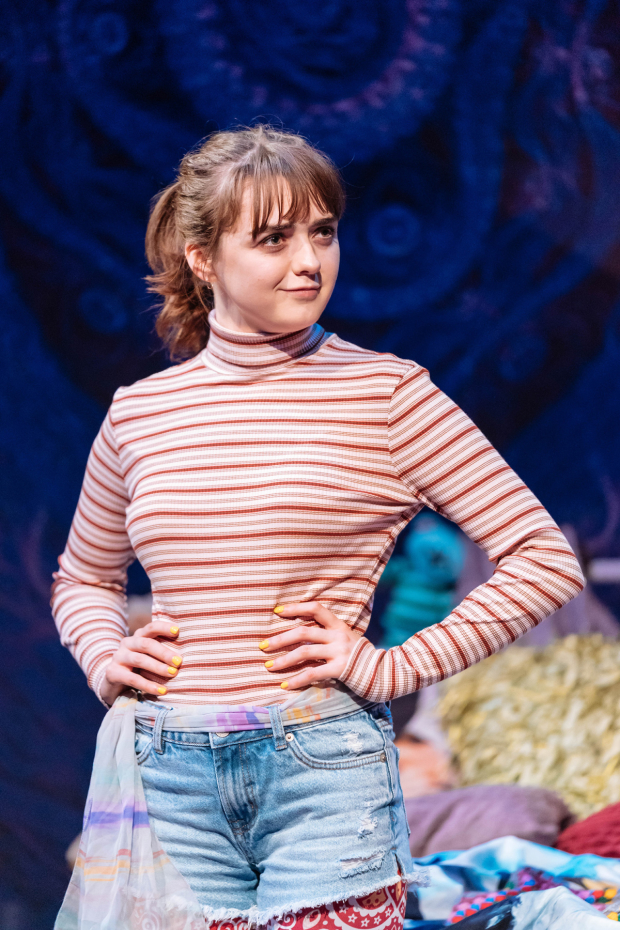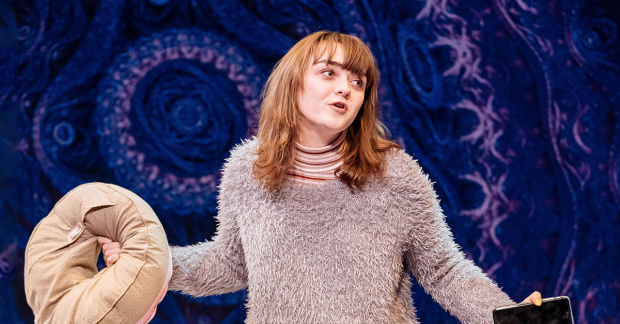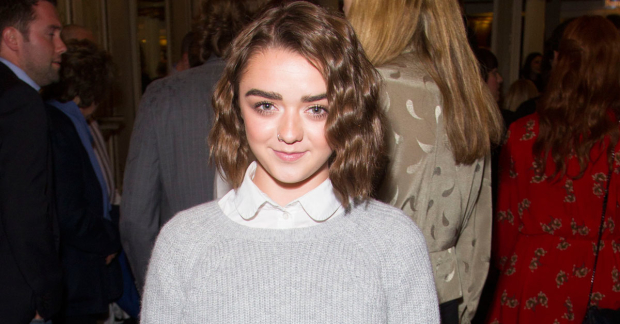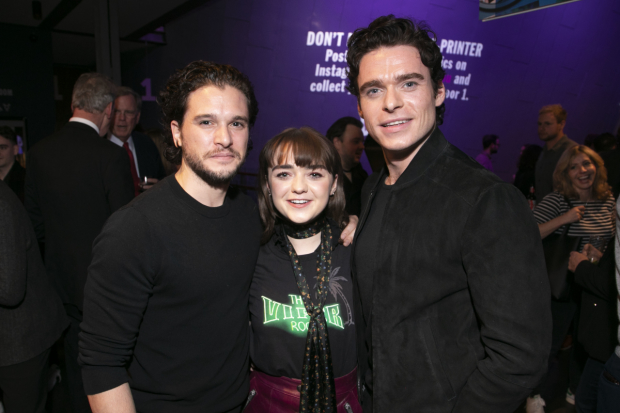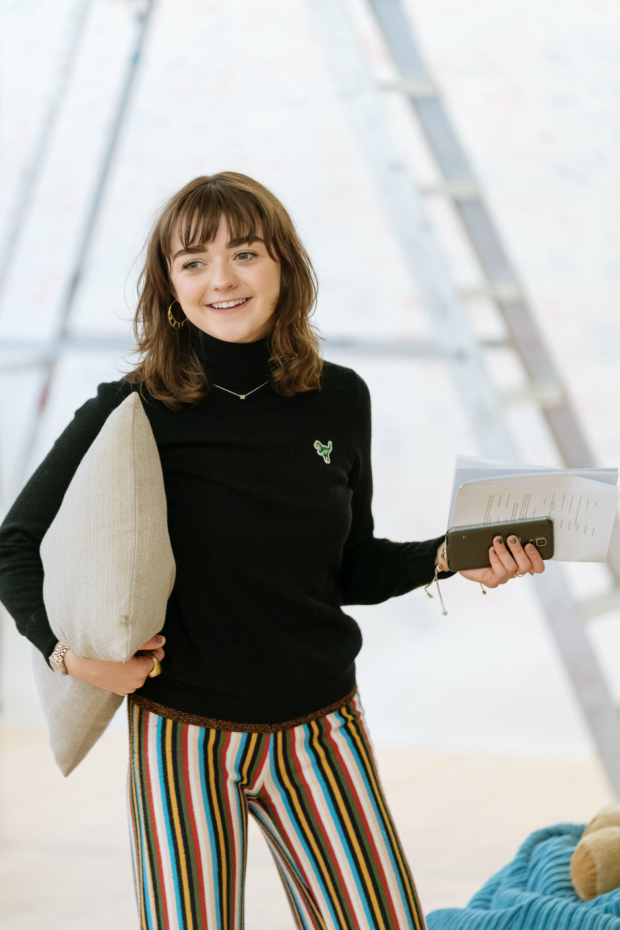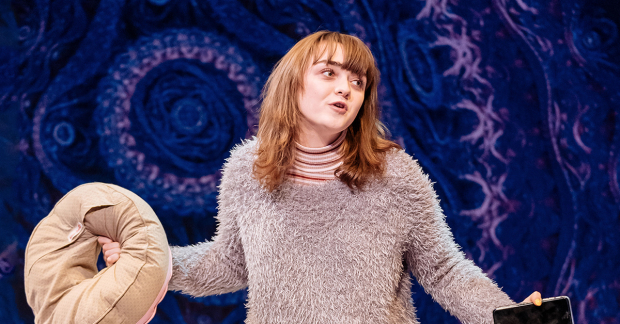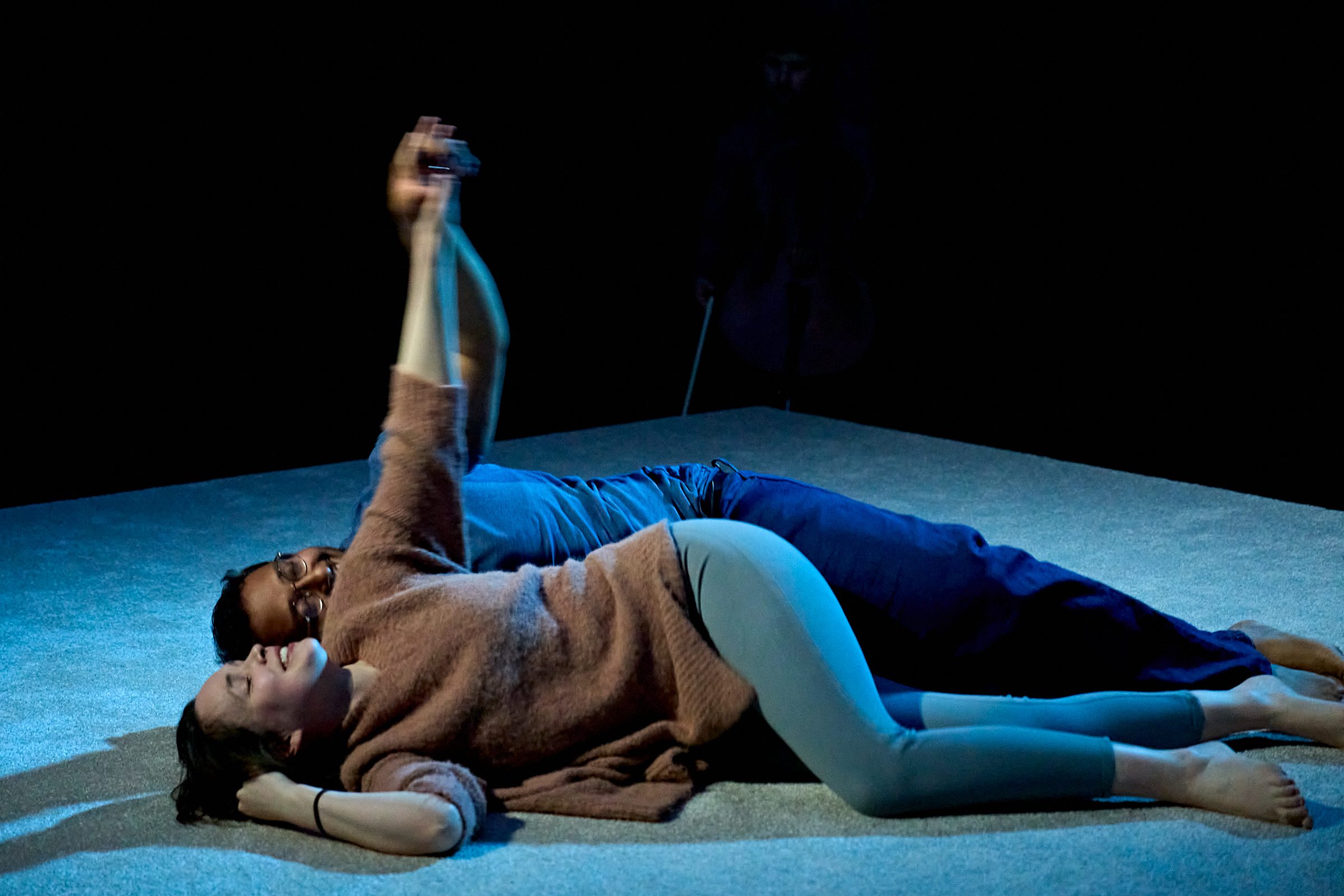Should we be watching theatre on our mobile phones?
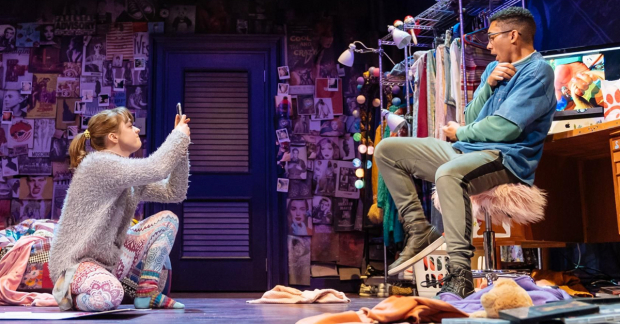
© Manuel Harlan
Mobile phones and live theatre don't often go hand-in-hand (just ask Patti LuPone), which made the recent announcement that Hampstead Theatre would be teaming up with Instagram to present a live-streamed performance of I and You (a two-hander starring Game of Thrones star Maisie Williams and newcomer Zach Wyatt) an intriguing initiative.
Would it work? Would anyone watch a full 90-minute production on their phone, where the usual definition of premium content is a video of a sheep stuck in a tyre swing?
Well, after the near-completion of the allotted 72-hours of the live-stream being available on IGTV (Instagram's new TV service, still very much in its infancy), it seems, on a first glance, to have landed quite neatly – the video has amassed well over 32,000 views (predominantly thanks to Williams' 7,970,479 Instagram followers), with hundreds of comments, as well as bonus backstage features and footage. What is most interesting is that, with the performance split into two parts on Instagram, there is an overall drop between each part of only about four per cent. So of those people who started watching, the stats seem to suggest that most of them carried on watching.
Which, considering roughly 18,000 people will physically have been able to see the show when it ran at Hampstead Theatre (assuming there were 44 100 per cent sell-out performances) is a neat win for accessible theatre, right?
Of course, it's hard to work out what Facebook (Instagram's parent company) defines as a "view" (is it just a 3-second glance at the video like it is on Facebook?), and Hampstead and Maisie Williams' Instagram TV channels have a habit of sending you to part 2 before part 1, so the real figures may be a bit more skewed (as with all social media, unless you're a site admin you never really know).
Placing my cards on the table – before entering, full time, the business of show I used to work in mobile video advertising. I spent hours pouring over stats about video consumption, portrait (which is how I and You is shot) versus landscape (how most recorded theatre, such as NT Live or Trafalgar Releasing is shot) video. Given the state of a general mobile user's attention span (spoiler alert: the general consensus is low), having people watch a full 90 minutes on a portrait video is a big ask. If 32,000 people really
bucked the trend and did it then that's a pretty big success.
But views aside, does theatre work on mobile? Well, yes and no. It can certainly function for a play like I and You, which only has two actors and a single set, where you can, for the most part, just flit between A and B cameras. It'd work perfectly for a monologue like debbie tucker green's random or Simon Stephens' Sea Wall. It also helps if you have a star with a mahoosive Instagram following. But it'd never work for, say, a major West End musical, with more characters, choreography or scene changes.
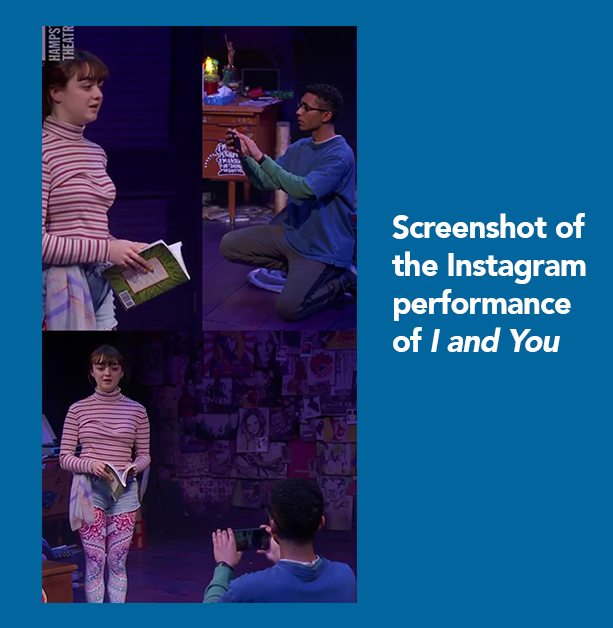
Even with I and You you can see the constraints of the vertical format – at various points, the screen had to split to show both performers simultaneously – sometimes it divided again to show three different perspectives (see the screenshot above). The mobile experience also robbed the show of its sense of stagecraft – you lost a lot of director Edward Hall's blocking, while the final coup-de-theatre in Michael Pavelka's set, very impressive when witnessed live, felt for the most part muted. It didn't seem to do the production very much justice.
From an access perspective, free theatre is a good thing. Any chance for users (especially stateside, where Williams obviously has a big Thrones fanbase) to see some solid British acting talent in action is also nice. I and You on Instagram is a nice consolation for anyone who didn't see it performed on stage.
But is this the form that we want "access for all" to take? A video pigeonholed into a vertical format feels far less watchable than, say, a live-streamed show on YouTube or iPlayer, like the videos created for The Encounter or the Donmar's The Shakespeare Trilogy. Wouldn't an Audible version (like was created for Carey Mulligan's performance in Girls and Boys) have been a more graceful (though admittedly less visual) way to tap into the mobile-addicted, horizontal video-detesting generation Z that exists today?



